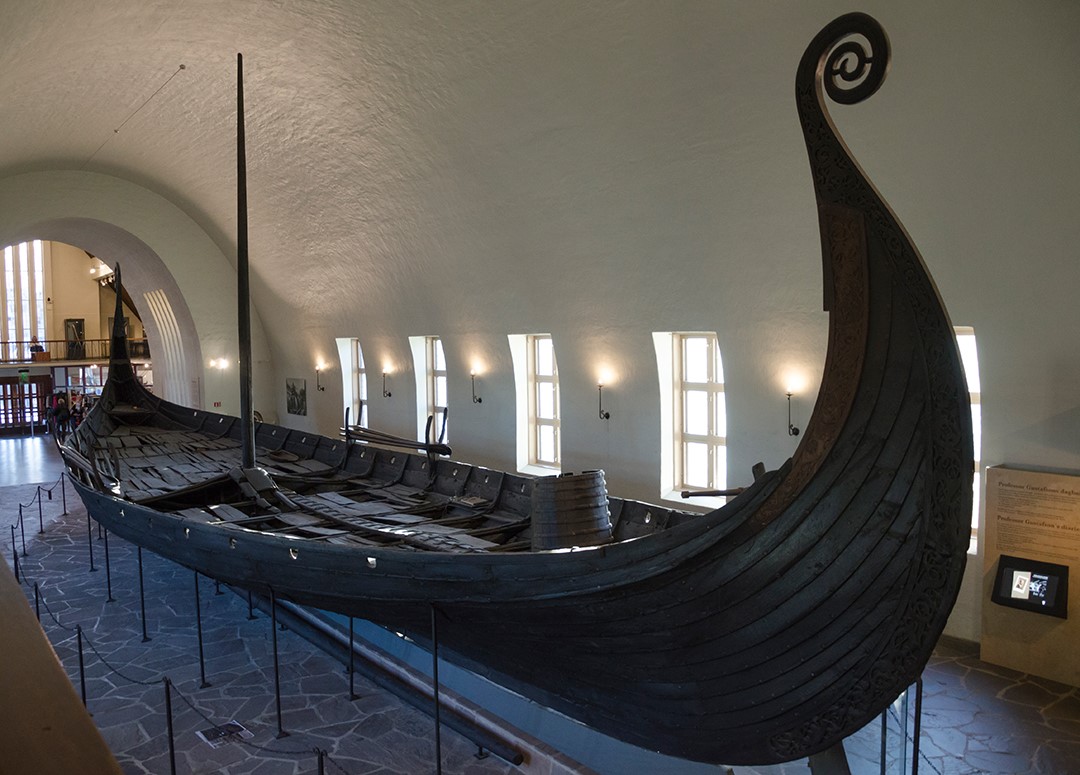The Oseberg Ship stands as one of the most remarkable archaeological discoveries from the Viking era. Unearthed in 1904 from a burial mound on the Oseberg Farm near Tønsberg, Norway, this ancient vessel has provided invaluable insights into the seafaring culture and rich traditions of the Vikings.
Dating back to the 9th century, the Oseberg Ship is an incredibly well-preserved example of a Viking longship. Its intricate carvings and elaborate decoration showcase the skilled craftsmanship of the era. The ship’s size and design suggest that it was not merely a functional vessel but also a symbol of status and wealth, likely used for ceremonial purposes and burial rituals.

The excavation of the Oseberg Ship revealed a treasure trove of artifacts and remains. The burial chamber within the ship contained the remains of two women, along with numerous grave goods, including textiles, tools, weapons, and even a cart. The lavishness of the burial and the caliber of the artifacts further emphasize the importance of the individuals laid to rest within the ship.
The Oseberg Ship has provided a wealth of information about Viking shipbuilding techniques, trade networks, and cultural practices. The detailed carvings and decorations offer glimpses into the Norse mythology and religious beliefs of the time. The textiles and other organic materials found within the burial mound have provided insights into ancient weaving techniques and textile production.

The significance of the Oseberg Ship extends beyond its archaeological value. It has become an iconic symbol of Viking culture and heritage, representing the adventurous spirit and seafaring prowess of this ancient civilization. The ship has been meticulously preserved and is now on display at the Viking Ship Museum in Oslo, Norway, where visitors can marvel at its grandeur and learn about its historical context.
The discovery of the Oseberg Ship and its subsequent excavation have forever changed our understanding of Viking society. It serves as a testament to the Vikings’ seafaring prowess, their intricate craftsmanship, and their complex belief systems.

The Oseberg Ship stands as a tangible link to a bygone era, allowing us to connect with the past and appreciate the rich cultural legacy of the Vikings.